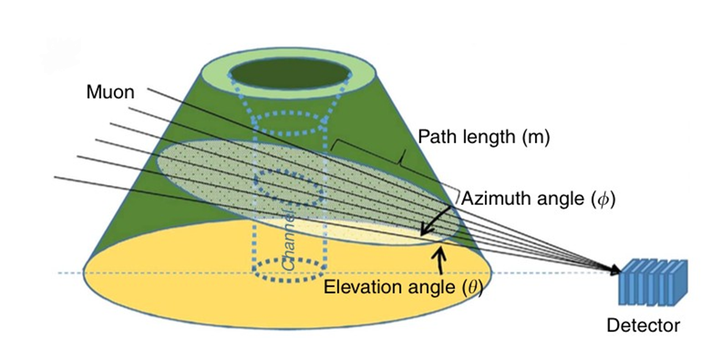Marie Skłodowska-Curie Action RISE - INTENSE
Introduction
The Marie Skłodowska-Curie Action “Particle physics experiments at the high intensity frontier, from new physics to spin-offs (INTENSE)” is a Research and Innovation Staff Exchange (RISE) project involving 11 academic institutes from Italy, Belgium, Switzerland, UK, Israel and Hungary, 5 European industrial partners and 7 more academic institutes from the US and Japan. The project will run for 4 years starting in 2019 and is steered by a Management and Scientific Board with Simone Donati (University of Pisa) as principal investigator.
Project description
INTENSE promotes the collaboration among European, American and Japanese groups involved in particle physics research projects at the high intensity frontier. Today, several major observations such as the matter-antimatter asymmetry of the Universe, the lack of a viable dark matter candidate and neutrino flavor oscillations remain unexplaned in the Standard Model (SM) of particle physics. The observation of neutrino oscillations established a picture consistent with the mixing of three neutrino flavours with three mass eigenstates and small mass differences. However, experimental anomalies may point to the presence of additional neutrino states with larger masses participating in this mixing and not coupling to fermions. Lepton mixings and massive neutrinos actually offer a gateway to deviations from the Standard Model in particle physics in the lepton sector. The observation of e.g. a Charged Lepton Flavor Violation (CLFV) decay would provide unambiguous evidence of new physics and the impact on establishing new physics models would be huge.
The Short-Baseline Neutrino (SBN) program and future Deep Underground Neutrino Experiment (DUNE) at Fermilab (Batavia, IL, US) offer a compelling opportunity to resolve the anomalies and perform the most sensitive search for sterile neutrinos at the eV mass scale. In addition, the Fermilab Mu2e experiment is expected to improve the sensitivity on the search for the Charged Lepton Flavour Violating processes. INTENSE researchers have provided major contributions to these projects and will take leading roles in the commissioning of the detectors, data taking and analysis.
INTENSE also promotes multidisciplinary collaboration through “muon radiography”, which is an imaging technique that relies on the measurement of the absorption of muons produced by the interactions of cosmic rays with the atmosphere, to image the interior of large targets, including e.g. volcanoes, large buildings, industrial complexes, archaeological sites … INTENSE particle physicists are working together in this project with geoscientists and archaeologists to develop and perform studies using this new scanning technique based on muon detectors.
Objectives
These are the objectives of INTENSE:
- Design, construction, commissioning and operation of detectors in the neutrino and Mu2e programs at Fermilab
- Development of new software methods (including machine learning and deep learning tools) for event reconstruction in neutrino experiments and participation in the data analysis
- Performing muon radiography scans of the Mt. Vesuvius volcano, of the Cumae archaeological site in Naples, Italy and of alpine glacier bedrocks.
- Promoting communication to the general public to increase awareness in society on how particle physics enters into many applications such as medicine, homeland security, industry, computing …
Role of Ghent University
Ghent University is taking part in the muon radiography campaigns, in particular in the study of the internal structure of the Italian Mt. Vesuvius volcano. Ghent is also co-coordinating the knowledge transfer between the academic and industrial partners.
Website
Contact
Dr. Michael Tytgat
Department of Physics and Astronomy
Phone number: 09 264 6544
E-mail
